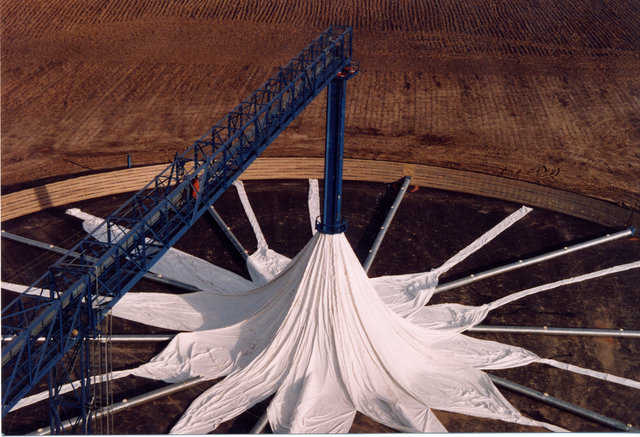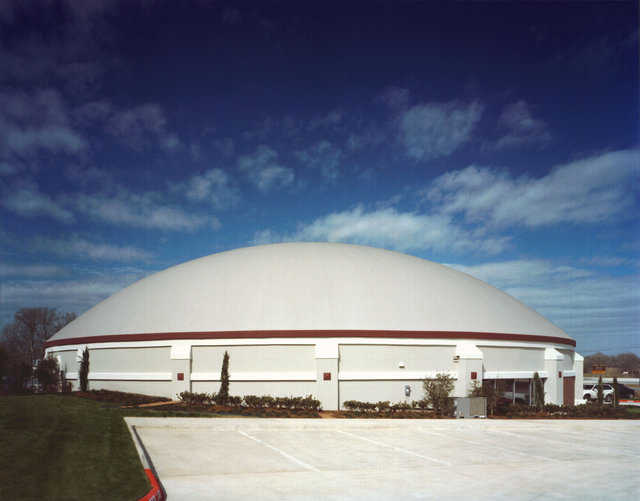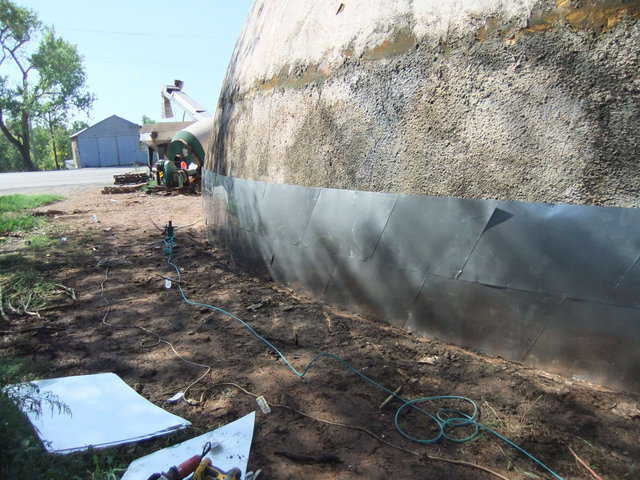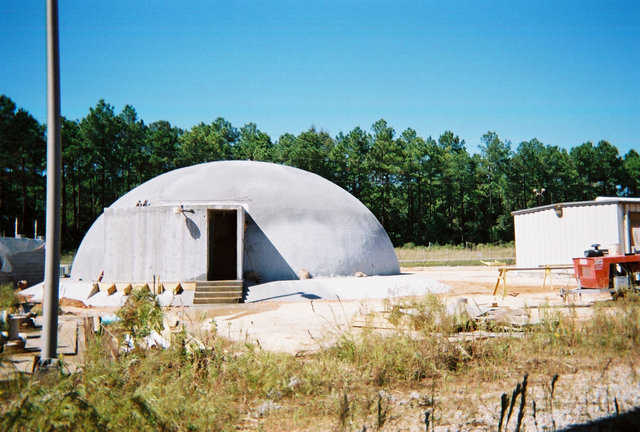Protect Your Potatoes
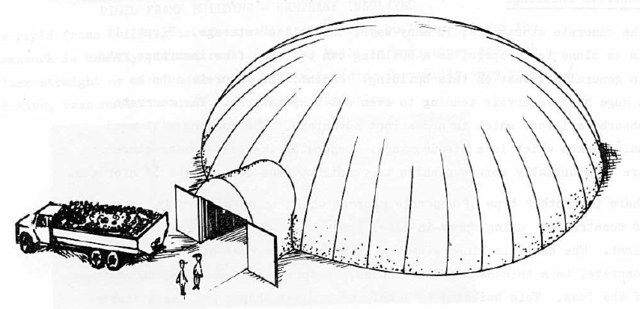
While they’re not wheeled down a Dublin street by Molly Malone singing “Alive! Alive Oh!” staying alive is as important for potatoes as it was for the cockles and mussels Molly did wheel. In fact, keeping those spuds alive while they sleep in storage is the one vital goal of a potato-storage facility. That’s because a potato is a living organism, that can stay asleep and alive for a long time if it’s properly stored. But if it’s not, it will die and rot very quickly.
